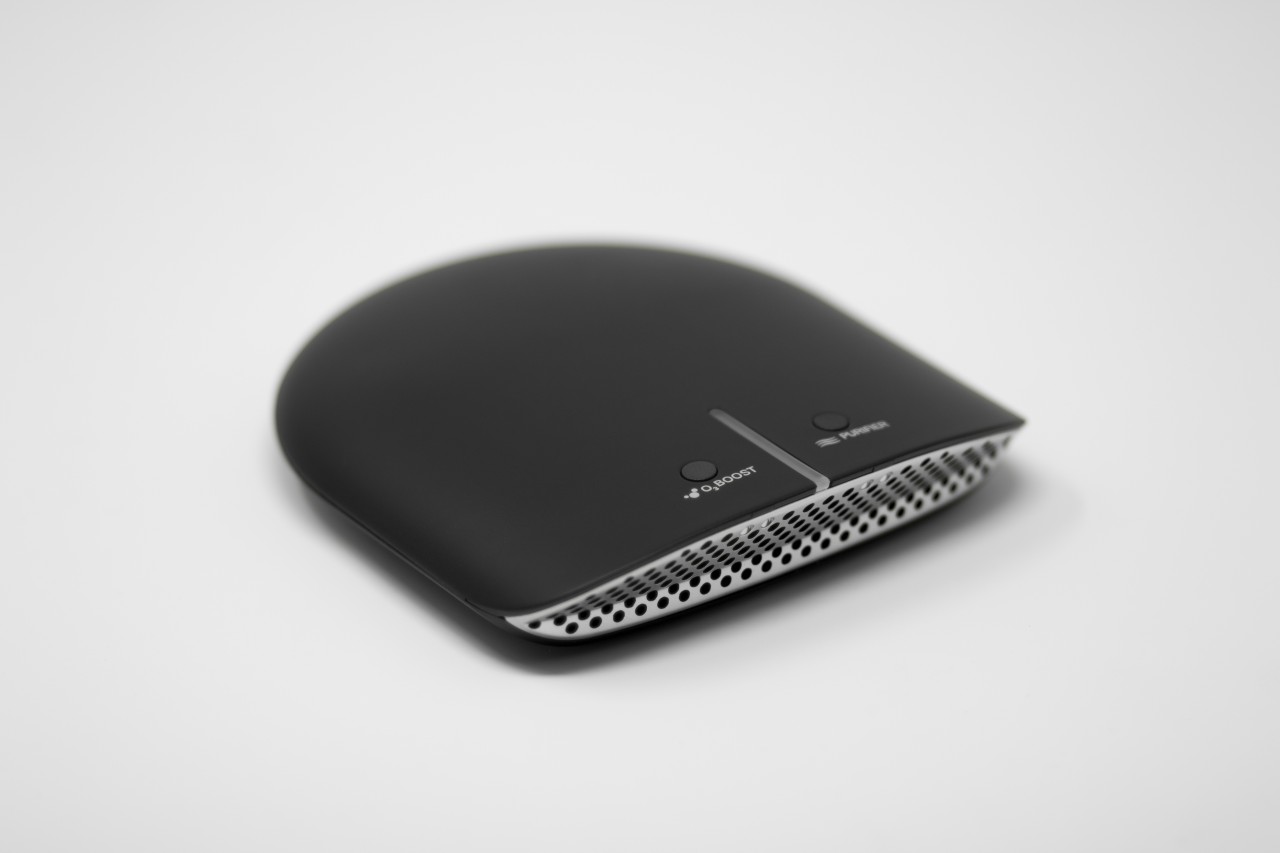In recent years, the importance of indoor air quality has gained significant attention, as more people are becoming aware of the adverse effects of pollutants and allergens in their living spaces. Among the various solutions available, air purifiers have emerged as effective devices for improving air quality. This article explores the features of Living Air air purifiers, its benefits, and considerations of using air purifiers in your home, focusing on their impact on health and well-being.
The Need for Air Purifiers
Indoor air pollution can stem from various sources, including household cleaning products, building materials, cooking fumes, pets, and even outdoor air infiltrating the home. Common indoor air pollutants include dust mites, pollen, mold spores, pet dander, volatile organic compounds (VOCs), and bacteria. Prolonged exposure to these pollutants can lead to respiratory problems, allergies, and other health issues.
Air purifiers are designed to reduce these pollutants, creating a healthier environment. They can trap and neutralize harmful particles, improving the air quality and providing relief to those suffering from allergies or asthma.

How Air Purifiers Work
Air purifiers utilize different technologies to clean the air. The most common methods include:
- HEPA Filters: High-Efficiency Particulate Air (HEPA) filters are among the most effective types of air filters. They can capture particles as small as 0.3 microns with an efficiency of 99.97%. This capability makes them ideal for trapping allergens, smoke, and dust.
- Activated Carbon Filters: These filters use activated carbon to absorb odors and VOCs from the air. They are particularly effective at removing unpleasant smells from cooking, pets, and smoke.
- UV Light Technology: Some air purifiers use ultraviolet light to kill bacteria and viruses in the air. This method is particularly useful in spaces where hygiene is paramount, such as hospitals and kitchens.
- Ionizers: Ionizing air purifiers release charged ions into the air, which attach to airborne particles, causing them to clump together and fall to the ground or get trapped in the purifier. However, this method may produce ozone, which can be harmful in high concentrations.
- Photocatalytic Oxidation: This technology uses light to activate a catalyst, breaking down pollutants and converting them into harmless substances. It’s effective for eliminating chemical vapors and odors.
Benefits of Using Air Purifiers
Investing in an air purifier can yield numerous benefits for your health and well-being:
- Improved Respiratory Health: By removing allergens and irritants from the air, air purifiers can help reduce symptoms associated with asthma and allergies, such as sneezing, coughing, and difficulty breathing.
- Reduced Odors: Activated carbon filters can effectively neutralize odors from cooking, pets, and smoke, creating a fresher environment in your home.
- Enhanced Sleep Quality: Clean air can lead to better sleep by reducing allergens and irritants that may disrupt rest. A more restful sleep environment can improve overall well-being.
- Decreased Risk of Illness: By eliminating bacteria and viruses from the air, air purifiers can help lower the risk of airborne illnesses, particularly during cold and flu season.
- Better Indoor Air Quality: Continuous use of air purifiers can lead to consistently cleaner air, promoting overall health and comfort.
Choosing the Right Air Purifier
When selecting an air purifier, several factors should be considered to ensure that you choose the right model for your needs:
- Room Size: Air purifiers come with different coverage areas. It’s essential to choose a unit that can effectively clean the air in the space where it will be used. Check the manufacturer’s specifications for the recommended room size.
- Filter Type: Different air purifiers utilize various filter types. HEPA filters are ideal for allergy sufferers, while activated carbon filters are better for odor removal. Consider your specific needs when choosing a filter type.
- Noise Level: Some air purifiers can be noisy, which may be a concern if you plan to use it in a bedroom or quiet area. Look for models that operate quietly or have a “sleep mode” feature.
- Maintenance Requirements: Consider the maintenance needs of the air purifier, including filter replacement frequency and costs. Some models may require more frequent filter changes than others.
- Energy Efficiency: Look for air purifiers with energy-efficient designs. Models with an Energy Star rating are generally more energy-efficient and can help reduce electricity costs.
- Additional Features: Many modern air purifiers come with added features, such as air quality sensors, remote control, and smart technology. While these features can enhance convenience, consider whether they are necessary for your use.
Placement and Maintenance Tips
To maximize the effectiveness of an air purifier, consider the following tips for placement and maintenance:
- Placement: Position the air purifier in an area where air circulation is optimal, such as near the center of the room or away from walls and furniture. Avoid placing it in corners or behind large objects that may obstruct airflow.
- Regular Maintenance: Follow the manufacturer’s guidelines for filter replacement and general maintenance. Regularly check and clean the unit to ensure it operates at peak performance.
- Run Continuously: For the best results, consider running the air purifier continuously, especially during high pollen seasons or when indoor air quality is compromised.
- Monitor Air Quality: Some air purifiers come equipped with air quality indicators that can provide real-time feedback on the air quality in your home. Use this information to adjust the purifier’s settings as needed.
- Close Windows and Doors: To enhance the efficiency of the air purifier, close windows and doors when it is running. This will help prevent outside pollutants from entering and allow the purifier to work more effectively.
Air purifiers play a crucial role in improving indoor air quality, helping to create a healthier living environment. By understanding the various technologies and benefits associated with these devices, individuals can make informed choices that contribute to their well-being. Whether you are dealing with allergies, pets, or simply seeking cleaner air, an air purifier can be a valuable addition to your home. While there are many brands and models available, it’s essential to choose one that fits your specific needs and preferences. Through proper selection, placement, and maintenance, you can enjoy the full benefits of cleaner air in your living space.




